
DJI SDR Transmission Announced: A Lightweight, Affordable Wireless Video System
DJI just announced a new wireless video system, SDR Transmission , capable of sending a 1080P 60fps video signal wirelessly up to 3km/1.8 miles away with a delay of just 35ms. SDR (software-defined radio) technology allows the transmitter/receiver set to transfer camera controls and metadata, and accepts both HDMI and SDI connections. Intended for smaller crews, this lightweight system can be powered by an NP-F battery, USB-C or a compatible DJI gimbal. So let's take a closer look!
DJI has been implementing reliable long-range video transmission technology into its drones for many years. Two years ago, it first announced a standalone DJI Transmission product with a set of high-brightness monitors. Last summer, DJI released a standalone DJI Transmission TX-RX kit.
Today, the company is launching a new wireless video transmission system that’s more affordable for smaller crews. Here’s a quick look at the new DJI SDR Transmission and the new technology inside.
What is SDR technology?
DJI's new product is based on the company's software-defined radio (SDR) technology. According to DJI, SDR is an innovative wireless communication concept and architecture that the company has been cultivating for over a decade. It is supposed to offer better range and reliability than Wi-Fi-based wireless video transmission systems, while also offering a high cost-performance ratio.
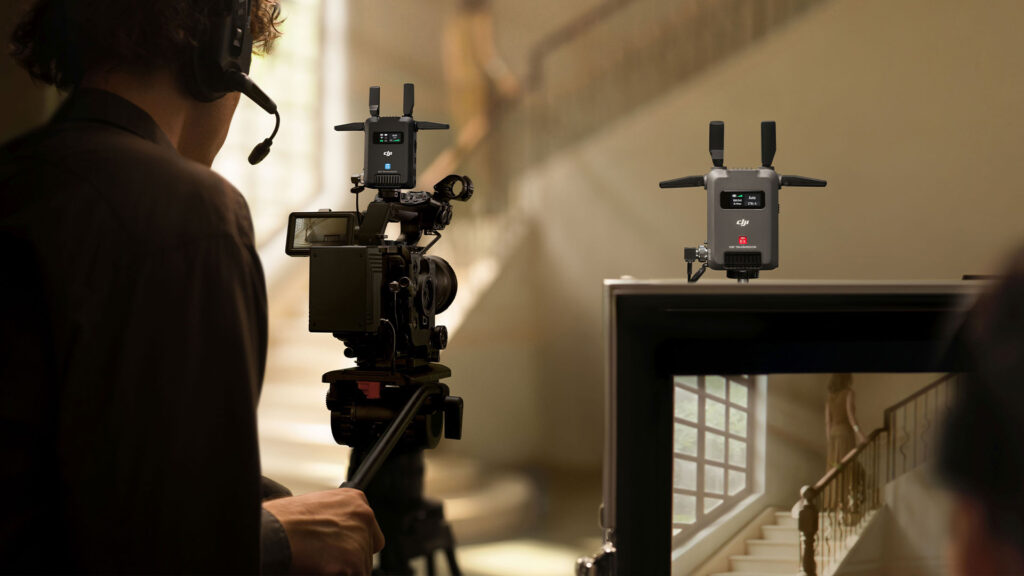
DJI claims that SDR technology can provide higher resolution and bitrate with better range and penetration than Wi-Fi systems. It should also be better protected from interference. Unlike Wi-Fi systems, SDR supports an unlimited number of receiving devices in broadcast mode.
DJI SDR Transmission – Features
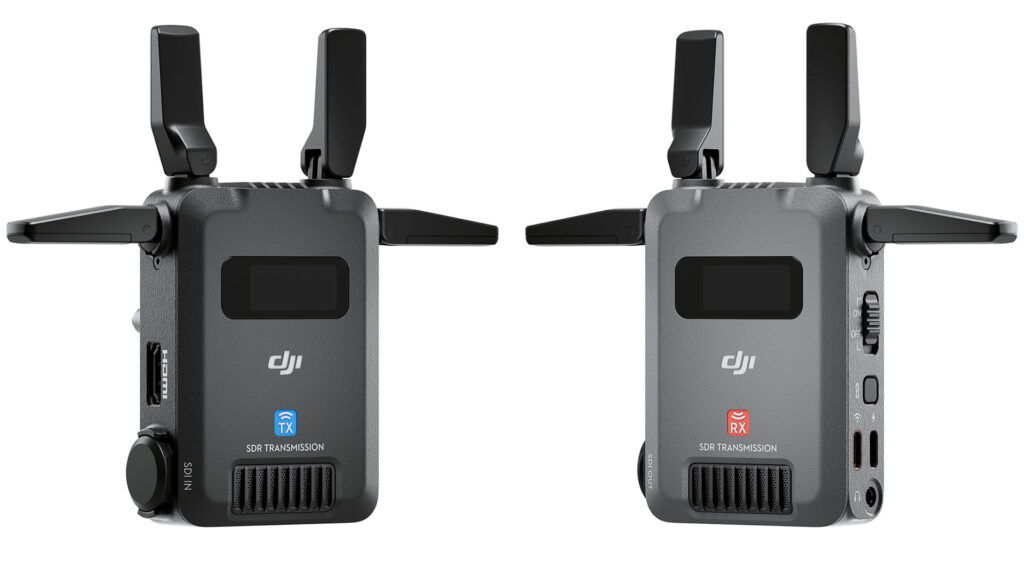
According to DJI, the SDR Transmission can send a FullHD 1080P 60fps video signal with a bitrate of 20Mbps up to 3km away with a delay of only 35 milliseconds. These numbers represent a perfect scenario without obstacles, but they demonstrate the robustness of the signal.
DJI says the system works well even in places with interference, such as thick walls. If there is interference on one channel, DJI’s SDR transmission automatically switches between the 2.4GHz, 5.8GHz, and DFS frequency bands to find the most optimal channel.
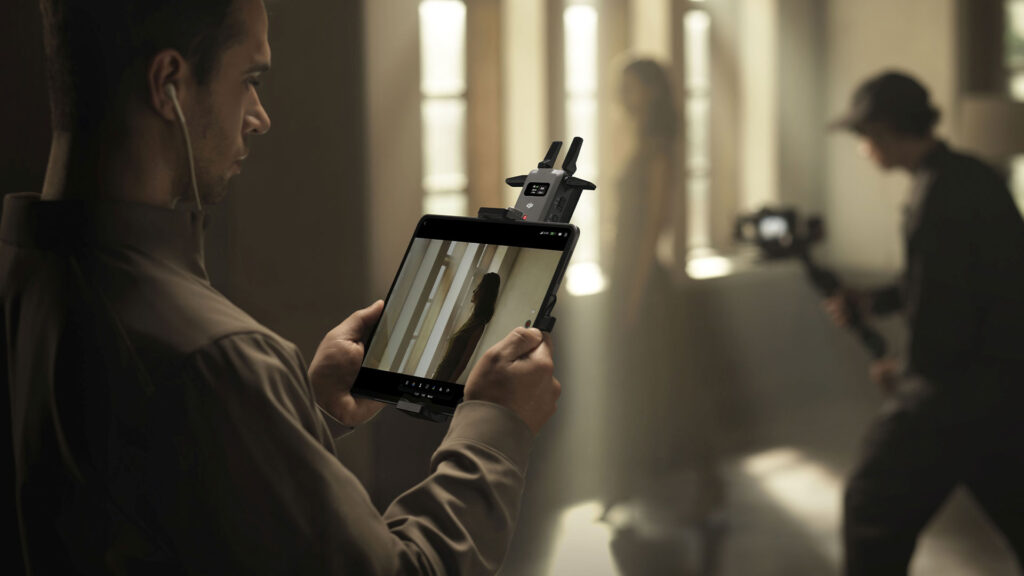
In addition to the new SDR technology, the DJI system can also support simultaneous Wi-Fi transmission, if needed, for example, for temporary monitoring.
The transmitter has SDI and HDMI inputs. It can also output three SDR signals and two Wi-Fi signals simultaneously. In Broadcast mode, it can connect to an unlimited number of receivers.
The receiver can connect to monitors via SDI and HDMI video outputs and to smartphones and tablets wired/wireless via USB-C or Wi-Fi. The Wi-Fi option allows for a cost effective dual channel monitoring experience without the need for another receiver.
Metadata controls and transfer
Unlike Wi-Fi systems, DJI SDR Transmission supports remote camera controls. Used with DJI RS series gimbals, it supports Force Mobile, virtual joystick, and gimbal re-centering functions.
When paired with a camera, the SDR Transmission can support PTP control, display and adjust aperture, shutter, and ISO, and activate the camera's photo shooting and video recording functions via the app. It can also support CEC control of Sony cameras with Mirror Control mode.

Furthermore, SDR Transmission can transmit metadata where most cinema cameras can’t via SDI, so crews can access detailed information about their shots. When connected to the DJI Ronin app in Broadcast mode, users can switch between camera indexes within the app.
DJI SDR Transmission Power and Physical Specifications
DJI SDR Transmission can be powered via a USB-C PD connector on the side of the units. Additionally, each TX and RX unit comes with a built-in Sony NP-F battery. Finally, the system can be powered directly from the DJI RS 4 Pro, DJI RS 4, or DJI RS 3 Pro gimbals when mounted and used together, eliminating the need for a separate battery.
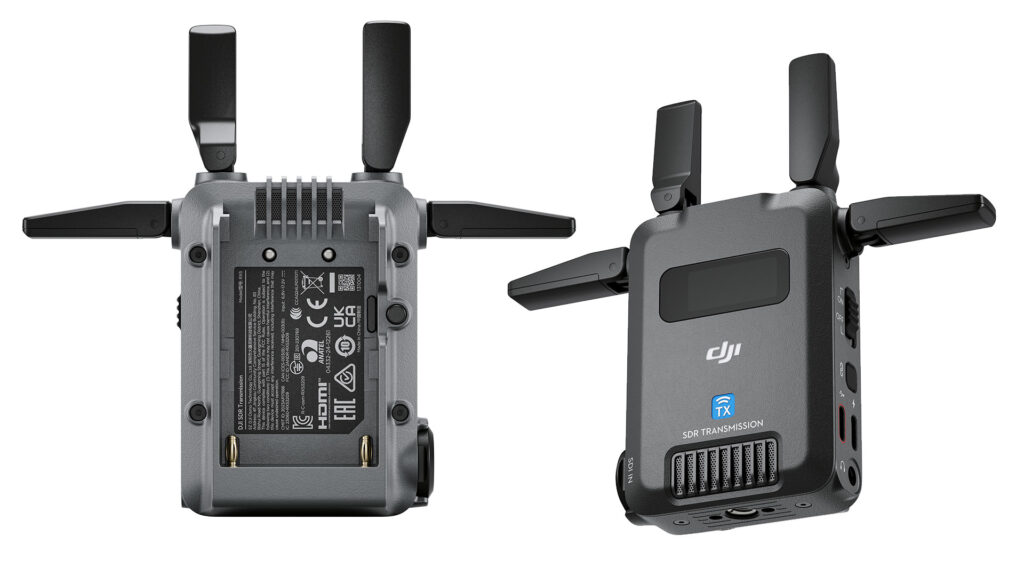
With a lightweight design, a single transmitter or receiver weighs 145g/5.1oz. Plus, the antennas fold up for transport, making the entire package even more compact.
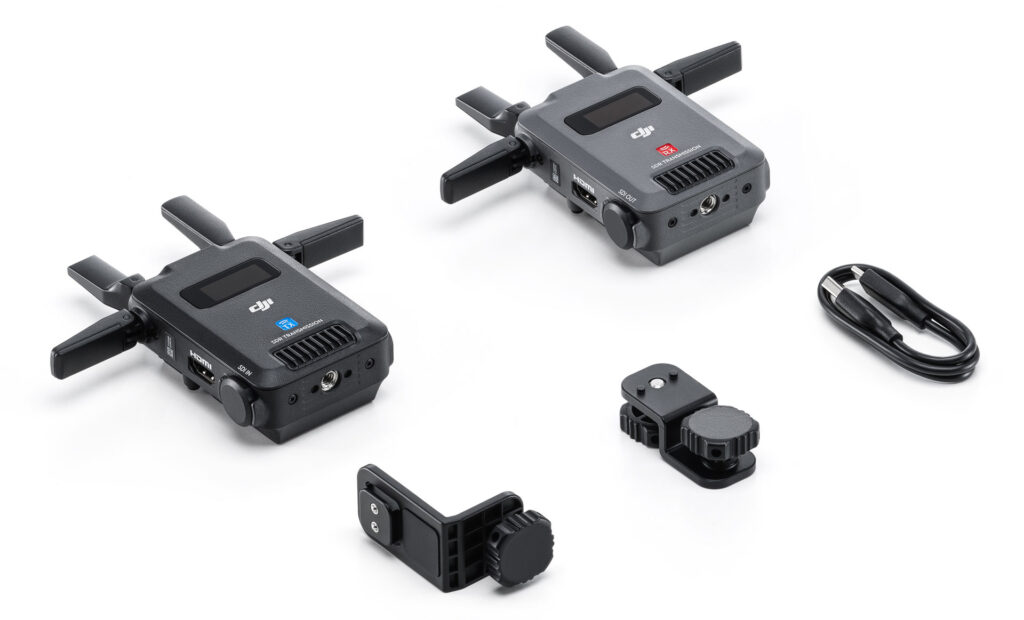

 https://3digital.tech
https://3digital.tech